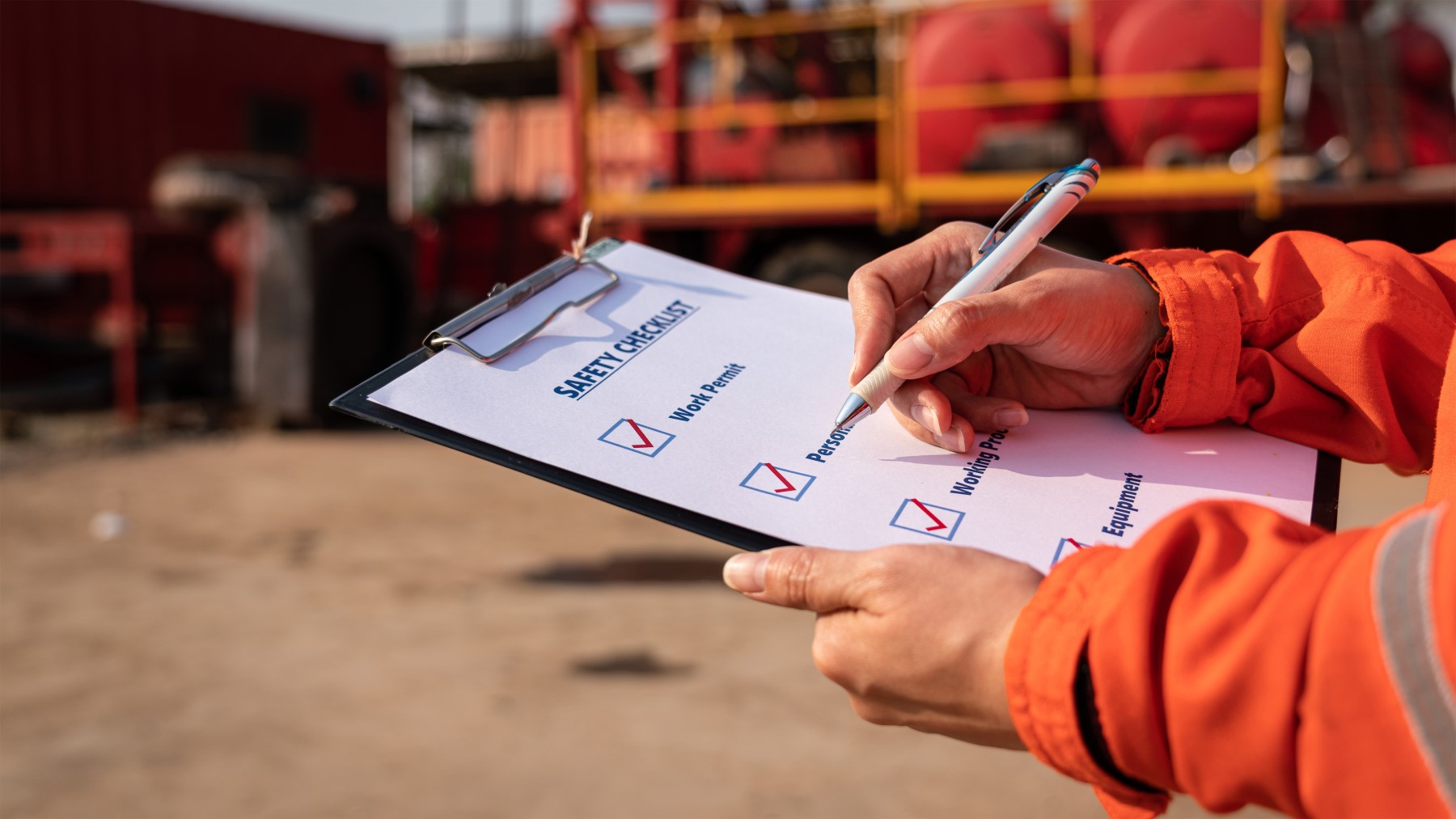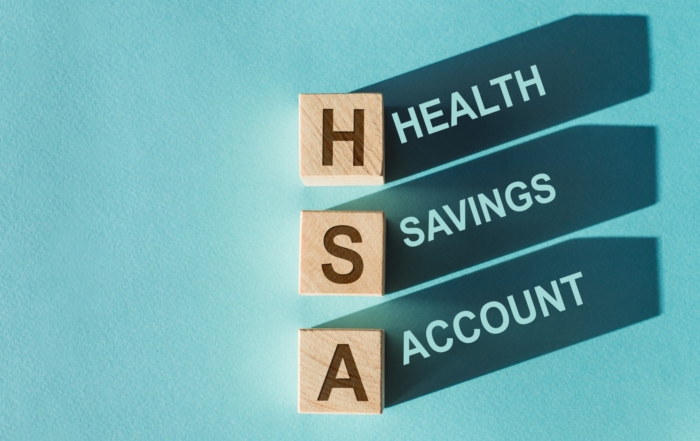Every year, nearly five million workers experience an occupational injury or illness on the job, and it is an employer’s responsibility in these cases to meet OSHA requirements. More than half of these injuries and illnesses are severe enough to cause the worker to spend time away from work.
Here are some tips to help you meet OSHA requirements when and if an incident occurs:
1. Provide Adequate Medical Resources
As an employer, you are required to make contact with a hospital, infirmary, or clinic, within five minutes unless you are equipped to provide first aid for employees who are injured on the job. OSHA requires you have first aid supplies and a trained person available to tend to injuries.
OSHA recommends that employers also have automated external defibrillators (AEDs) on premises to revive victims from sudden cardiac arrest. These devices analyze a victim’s heart rhythm and deliver an electric shock to restore heart rhythm to normal. Battery-operated AEDs are compact, lightweight, portable, safe and easy to use. Having them onsite can save precious time and improve survival odds because they can be used before emergency medical service personnel arrive.
2. Report All Incidents
If an incident does occur, wherein three or more workers are hospitalized and/or a worker is killed on the job, the employer must report the incident to OSHA within eight hours. Fatal heart attacks also must be reported.
Contacting OSHA
OSHA’s toll-free phone number: 800-321-OSHA (6742)
North Boston Area Office
Shattuck Office Center
138 River Road, Suite 102
Andover, MA 01810
(978)837-4460
South Boston Area Office
639 Granite Street, 4th Floor
Braintree, Massachusetts 02184
(617) 565-6924
Springfield Area Office
1441 Main Street, Room 550
Springfield, Massachusetts 01103-1493
(413) 785-0123
3. Keep Records of Injuries and Illnesses
Most employers in high hazard industries are required to keep records of injuries and illnesses occurring on the job throughout the year. (Those with 10 or fewer employees are exempt from injury and illness recordkeeping requirements except when selected by OSHA or the Bureau of Labor Statistics to participate in a mandatory data collection). An annual summary of these injuries and illnesses must be posted in the workplace from February 1st to April 30th. Details and information on recordkeeping requirements and forms are available on OSHA’s website. The website also offers training to help employers complete the forms.
4. Follow Up with Accidents
One of the hallmarks of an effective safety and health management system is a commitment to investigate every incident that results in a worker injury or illness—and near-misses as well. By immediately following up, employers can identify root causes and take corrective steps to prevent future problems.
5. Prevent Incidents with Proactive Safety and Health Management Systems
A pro-active safety and health management system that focuses on finding and fixing hazards before they can lead to problems is the most effective defense against incidents. OSHA offers various services to employers, such as consultation and compliance assistance programs to help employers establish safety and health management systems.
For a full list of OSHA requirements, visit the OSHA website, or call your local OSHA office. Or, for more safety tips in the workplace, read more posts on the NARFA safety blog.
NARFA’s Automotive Industries Compensation Corporation
NARFA’’s Automotive Industries Compensation Corporation, known as the AICC, has grown into one of the most successful Workers Compensation programs in the country, with a focus of working with our members to educate, proactively manage claims, and provide unlimited loss control services at no extra charge to our members.
Currently, members enjoy significant up-front savings on premiums, freeing up money for other important aspects of their businesses.
The AICC also provides a great opportunity for members to EARN BACK dividends, as well as receive up-front premium discounts. It is no wonder NARFA has a 99% retention rate, and a safety culture that has been nationally recognized.
The AICC program’s strong and diligent follow-up, dedicated customer service team, and loss control services leave no detail behind, working with members closely to ensure that safety becomes part of a company’s culture.
Please contact us directly to learn more about the AICC and how you can protect your most important asset–your employees.
Recent Posts
IRS Guidance on Nutrition, Wellness, and General Health Expenses
The Internal Revenue Service (IRS) has recently highlighted that costs associated with nutrition, wellness, and general health do not typically qualify as reimbursable medical expenses [...]
HSAs Today and Every Day: A Triple Threat Against Rising Healthcare Costs
The healthcare landscape is constantly evolving, and in 2024, rising costs remain a top concern for both employers and employees. Fortunately, Health Savings Accounts (HSAs) [...]
April Showers Don’t Cause Accidents (Distracted Driving Does): Stay Safe on the Road This Month (and Every Month)
Spring is here, and with it comes April's designation as Distracted Driving Awareness Month. While the changing seasons and blooming flowers might tempt you to [...]




